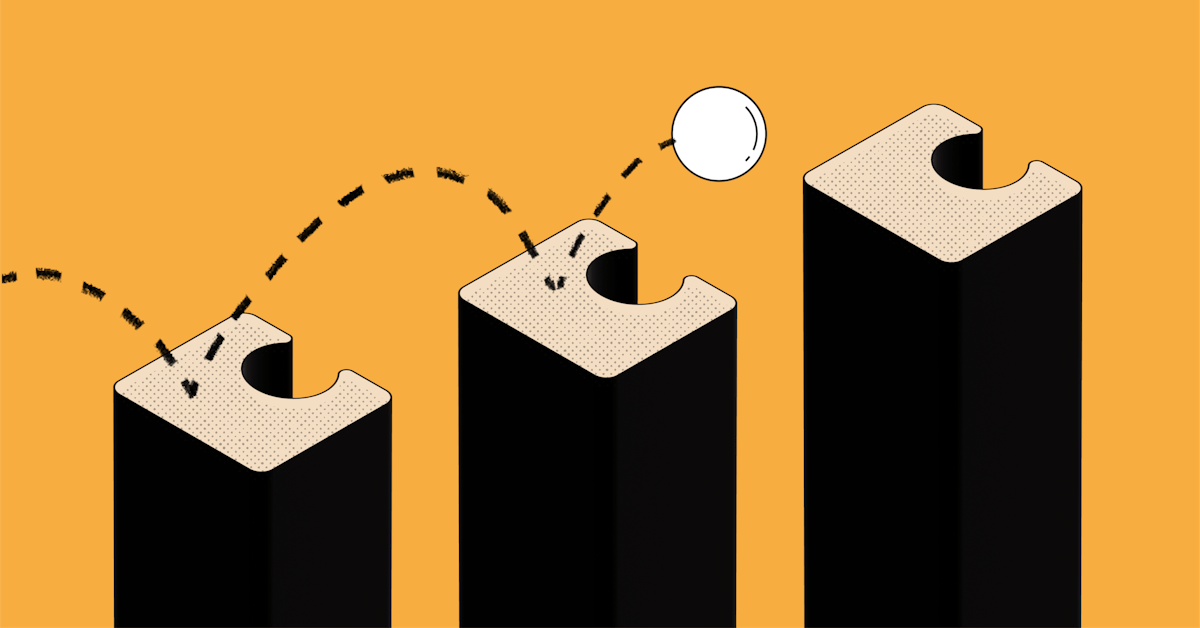
Coda for Google Docs users
Coda for Google users
7 lessons, 48 minutes
Why Coda docs?
Google Docs was originally designed as a platform for creating content for print. However, the way people work has evolved, and we now need more flexibility and collaboration. Coda docs, while still printable, prioritize flexibility and collaboration.Unlike Google Docs, which can become an endless scroll, Coda docs are organized with nested pages. Pages are dedicated to specific information, similar to tabs in a spreadsheet. Subpages are pages that are nested under another page. In Coda, pages don't have page numbers or fixed page sizes, but you can name pages, add sub-pages, and assign icons to differentiate topics.
Organizing and beautifying.
Coda makes it easy to not only organize content, but also to create beautiful content with the following features and functionality:- Cover images
- Page outlines and layouts
- Callouts
- Icons for each page- you can even create your own!
- Collapsing
- Text formatting like bullets, numbers, and checkboxes
- Multi-column layout
- Hide pages you don’t want visible
- Buttons
- Variety of linking options
Interactivity.
Coda docs are built with collaboration in mind:- Reactions
- @mentions
- Commenting
- Suggest changes
- Canvas formulas: You can create customized experiences by displaying the user’s name, picture, or current date on the doc.
Beyond the basics.
Coda docs allow you to embed and engage with content from other tools, allowing your team to work from a single doc rather than opening a new tab. With full-page embeds, you bring Canva, Figma, Miro, or even Google Docs/Sheets right into your doc.Similarly, sync pages will allow you to bring in a page or pages from a different Coda doc. Click here to learn how to embed content into your Coda docs.
Settings.
Refer to “Finding familiar settings for Google users,” section 2 of this course.
Coda for Google users
An introduction to Coda for users familiar with Google Workspace.
7 lessons, 48 minutes total
Was this helpful?
YesNo
















